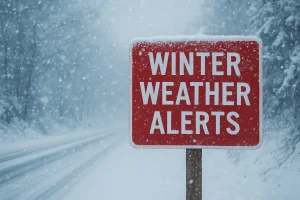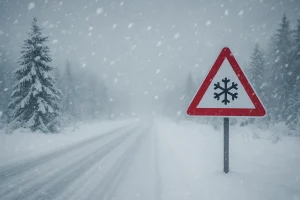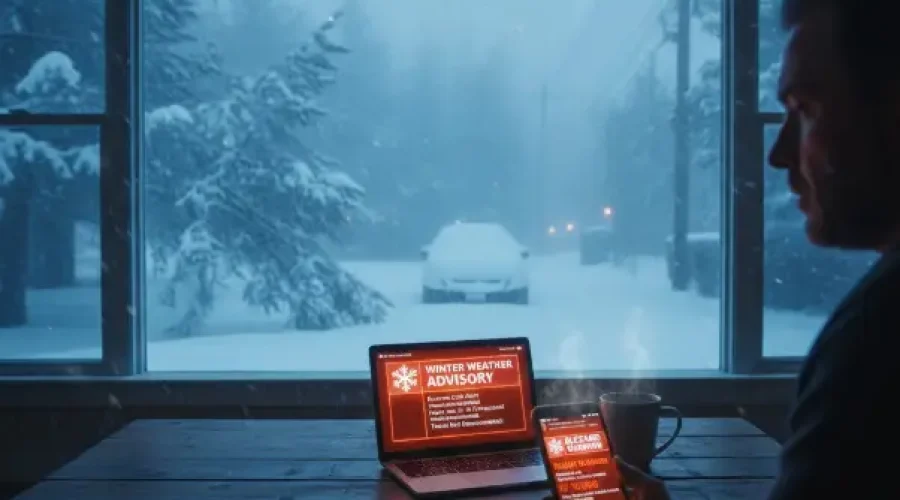What Are Winter Weather Alerts?
Winter weather warnings are communications of weather officials. They alert people of hazardous winter factors such as snow, sleet, ice, freezing rain, as well as extremely cold temperatures. The alerts include various types, such as: Deep Dive Picks. Winter weather alerts are essential tools that communicate the severity of winter conditions to the public. They help individuals and communities prepare for potential disruptions and hazards. A winter storm warning means severe winter weather is on the way or happening now. A winter weather advisory shows conditions that are less severe but still risky. These alerts are key for raising awareness and helping people take safety measures in winter.
National Weather Service Winter Alerts Explained
National Weather Service (NWS) is the main agency that issues winter weather alerts in the country, and it is a part of NOAA. The NWS also collaborates with the Storm Prediction Center and Weather Prediction Center to track weather conditions and predict harsh winter events. Their winter weather alerts provide real-time, correct, and location-related notifications that boost emergency preparedness and disaster management. The NWS works with local emergency management agencies to keep communities safe during winter storms and emphasizes effective communication to minimize risks, ensuring people respond promptly to winter weather alerts.

Winter Weather Alerts in Georgia: Frigid Temperatures & Snowfall
Georgia provides weather warnings on winter weather, which includes freezing rain, sleet, snow squalls and bitterly cold conditions. These conditions are as a result of polar vortexes, arctic fronts among other weather conditions. These are nor easters and low-pressure systems. These incidents can lead to black ice, whiteouts, road closures, flight delays, school closures, power outages, snowy roads, and dangerous driving. Snow and ice prediction are essential in the safety of people. This is particularly in the times of severe cold weather with low temperatures accompanied with extreme wind chills. The alerts issued in the State of Georgia speak of the danger of low visibility and accumulation rates. These may affect transport and normalcy.
Preparing for Winter Weather Alerts: Safety Steps
It is actionable to prepare against winter weather alerts. Emergency management agencies, transport departments, highway patrol, utility crews, and first responders team up to plan ahead.
- Use of snowplows, salt trucks and sand trucks to treat and de-ice the roads.
- Heating and home insulation that are functional.
- Establishing warming centres and emergency shelters.
- Good communication systems and community alerts inform the residents of travel warnings, effects of winter weather, and safe storm precautions. It can reduce the risk of bad weather by being prepared with your car and consulting with local guidelines.

During a Winter Storm: Essential Safety Tips
In today’s winter storm warning, it’s important to stay safe from hypothermia and frostbite. Dress warmly, limit time outside, and watch for symptoms.
Indoor safety measures include:
- Staying connected during power outages with charged backup batteries.
- Avoiding overexertion to prevent health issues.
Hazardous driving conditions mean you should:
- Drive slower
- Use tire chains
- Avoid unnecessary travel
Using trusted weather apps and heeding safety messages helps us respond quickly to changing storm conditions.
Conclusion
Emergency preparedness requires winter weather alerts. They alert the masses and governments on winter storms. Some of the issues that are highlighted in these alerts include a strain on infrastructure, transport inconvenience, and threats to essential services. Staying aware of these warnings and taking precautions can help reduce risks from climate trends like La Niña, El Niño, and seasonal forecasts. The maintenance of keeping pace with the National Weather Service and such agencies helps in hazard control. It also enhances the resiliency of the community in winter.
Frequently Asked Questions
What is the difference between a winter weather advisory near me and a winter storm warning?
A winter storm warning is an indication of severe winter conditions that could result in significant effects. A winter weather advisory is a warning about less severe but still risky conditions in the area.
What are the ways through which the National Weather Service issues winter weather alerts?
The Weather Prediction Center and Storm Prediction Center provide the NWS with data. They also employ weather models such as GFS, EURO and NAM. They send public safety messages and emergency alerts to warn specific areas.
What are the options to get Lear weather alerts?
People get important messages from emergency alert systems, wireless alerts, weather apps, and community alerts. This keeps all people updated on weather risks in winter and what to do.



